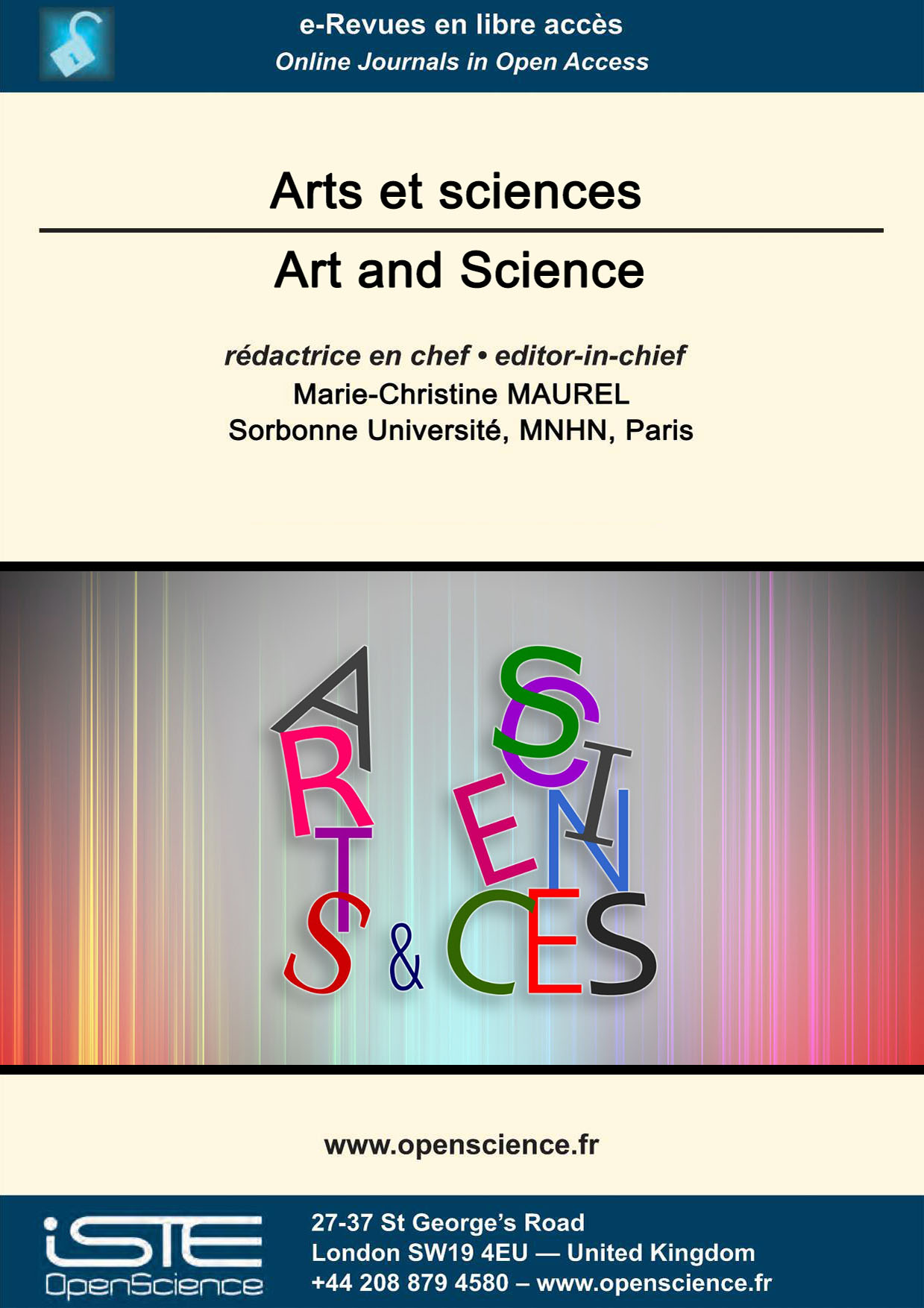

Social Sciences and Humanities > Home > Art and Science > Issue
The historical domain of Château-Neuf extended upon the hillside of the Pecq from Saint-Germain-en-Laye to the edge of the Seine, thus favouring the installation of vast gardens on its terraces. At the beginning of the seventeenth century, the construction of the terraces benefited from the techniques in garden art of the italian Renaissance experimented by architects of the French kings during their stays in Italy and suitable for the aesthetic of the French gardens. From its plateau position, the First Garden on the fifth terrace saw a succession of famous landscapers as André Le Nôtre over the reign of Louis XIV. In the nineteenth century, the terraced gardens, split by a country road, developped differently. At the south of the domain, the presence of the Gardener’s Pavilion, actual Pavillon Sully, and of its notable owners, members of the Horticultural Society of St Germain made it possible to maintain its landscape works. Thus, the south part of the boxwood beds perpetuated the tradition of the art of French gardens. However, a micro-climate favoured by the relief of the site, has also participated to the development of beds on this side. The study of the elevation curves shows that when the terraces are at their steepest, the area exposed to the sun of the high retaining walls encourages horticultural crops in the lower part. Thanks to archived aerial views over about a century, the south side reveals beds of horticultural gardens while the north side is more urbanized and occupied by private properties with reduced gardens.
This study is about the influences that affected the artistic trajectory of Raphael, from his father and Perugino’s workshops, to his perfect mastery illustrated by a recently discovered painting of Mary Magdalena. This painting portraying Chiara Fancelli, Perugino’s wife, proves an indiscussible surpassing of Perugino’s know-how, and is imbued by Leonardo da Vinci’s painting technique and spirit.
The author was born in France, into an academic and literary family, and ever since his earliest childhood has always been devoted to animals. While relating different episodes of his life, from childhood through to adulthood, he shows how he developed two driving ambitions, one for biology and the other for poetry. This unusual combination of interests ultimately led him to follow the two quite different directions, choosing to be both scientist and poet. The dual career path involved various surprises and difficulties that will be described.
The author was born in France, into an academic and literary family, and ever since his earliest childhood has always been devoted to animals. While relating different episodes of his life, from childhood through to adulthood, he shows how he developed two driving ambitions, one for biology and the other for poetry. This unusual combination of interests ultimately led him to follow the two quite different directions, choosing to be both scientist and poet. The dual career path involved various surprises and difficulties that will be described.
Aizome, or indigo dyeing, is one of Japan’s traditional dyeing methods. The dye required for this indigo dyeing process is produced by microbial reactions. In Japan, artisans called "aishi" are responsible for the production of this fermentation product, called sukumo, which is necessary for indigo dyeing. The production of sukumo has long relied on the experience and intuition of these craftsmen, but in recent years microbiological analysis has been introduced. This column gives an overview of the sukumo production process, which is not yet fully understood scientifically, and presents the fact that the ancient Japanese fermentation technique has found its way not only into the food and pharmaceutical industries, but also into the fields of dyeing and fashion.

2025
Volume 25- 9
Issue 12024
Volume 24- 8
Special issue2023
Volume 23- 7
Issue 12022
Volume 22- 6
Issue 12021
Volume 21- 5
Special issue2020
Volume 20- 4
Special issue2019
Volume 19- 3
Issue 12018
Volume 18- 2
Issue 12017
Volume 17- 1
Issue 1